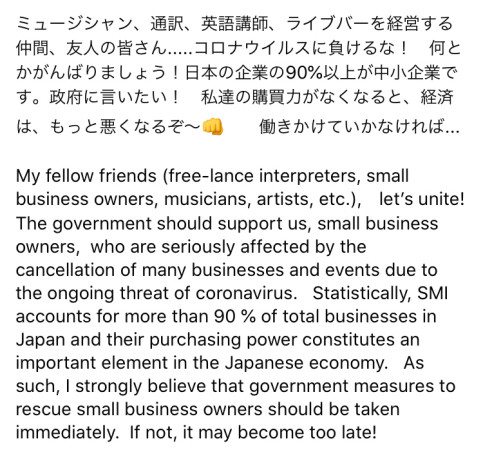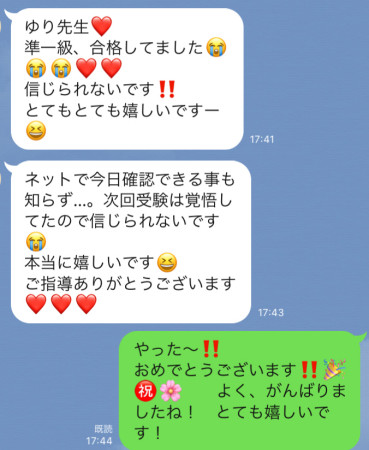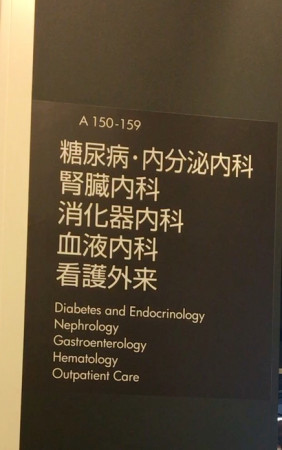こんな時こそ、冷静に、正しい情報を把握し、適切に行動したいものです。
良い記事をみつけました!:
小林クリニックでは今、全員に以下の説明をさせていただいています。
手洗い、睡眠などの一般的な管理については、もう十分語られてますからここでは省略します。
朝から晩までテレビでコロナコロナ!の連呼ですが、彼らコメンテーターは専門家でもなく、よく出てくる「自称専門家」もかなり信憑性の欠けたコメントをしている場合が多いです。
〇〇県でまた1人感染者が〜!と言う陰で何百人が治ってることは言いません。
今や日本中がコロナ感染症で溢れたかのように騒がれていますが本当でしょうか?
さて、あなたのお知り合いでコロナになった人いますか?
今のところ私のクリニックでは一人もそのような方はいません。
つまり、多くの町には、ほとんどいないのです。
感染してる人は現在のところ非常に珍しいのが事実です。
しかも、企業が十分トイレットペーパーは生産してます!と再三言ってるのに、わざと空の棚をクローズアップして群集心理を煽っています。山積みの倉庫には決してカメラを向けません。
はっきり言って今社会は集団ヒステリー状態に陥っています。誤った情報に振り回されているのです。
結局マスコミは視聴率を稼ぐため群衆を煽っているのです。それが彼らの収入源ですから。
こういう情報を首ったけで見ていると、不安、恐れ、絶望感ばかり植え付けられ、結果としてあなたの免疫はドドーンと低下します。免疫が下がるということは感染症にかかりやすくなるということです。
今大事なのは免疫力をつけることなのです。
笑いが免疫力を高めることは科学的に証明されています。
免疫力をつける=気分をよく保つことです。
前向きな明るい気分が1番のワクチンなのです。
・この病気は何もしなくても8割の人が自然に治る病気です。安心してください。
・限られた医療サービスを本当に必要としている免疫弱者が受けれるようご協力ください。
・少しでも死亡者を出さないようご協力ください。
・ワイドショーは見ないでください
・テレビを見るなら、サザエさんとか気分を上向きにしてくれるものだけを見てください。
・手段は問いません。できる範囲でご自分の気の向くことをして、ご自分の気分を良くしてください。
・珍しい病気、嫌なことにだけ注目するのではなく、自分の周りに溢れている素晴らしいことに目を向けてください。当たり前に生活できていることに感謝しましょう。感謝の気持ちは免疫をバリバリに強化します。
・自分の気持ちを明るくすると同時に、誰か一人でも周りの人の気持ちを明るくしてあげてください。明るい気持ちの連鎖を広げてください。すると社会から感染症が収束します。社会の混乱もおさまります。
・咳をする人を厳しい目で見たり、人を誹謗中傷するのはやめましょう。 明るい思いやりの気持ちがこの社会の閉塞感を救います。
・文句は誰でも言えます。その前に今、自分は社会にどう貢献できるのか、ちょっとで良いから考えてみませんか?不要な買いだめを控える。明るい笑顔でも十分な貢献です。
(補足)
3・11の医療ボランティアで石巻に行った時、避難所で、あるお婆さんに言われた言葉を忘れることはできません。
“奪い合えば足りなくなる。
譲り合えば、余ってくる”
このコロナ騒ぎで今、人類は試されているのだと思います。



